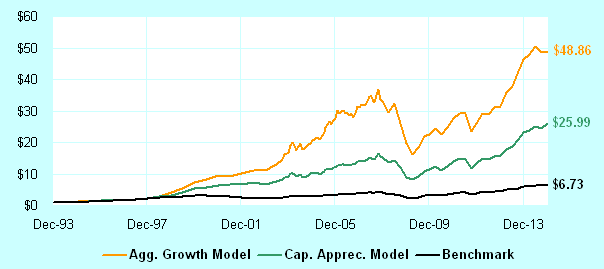Buying Mutual Funds Know how to select Top Performing Mutual Funds
Post on: 16 Март, 2015 No Comment

The first step to investing in Mutual Fund is to define the objective of investing. You should clearly lay down the purpose for which you desire to invest. There are several schemes tailor made to meet certain personal financial goals (children’s education, marriage, retirement etc.) which can be availed of. You should define the tenure of investment and the risk appetite you have. Thereafter, you can select a fund type that best meets your need i.e. income schemes, liquid schemes, tax saving schemes, equity schemes etc. Given the plethora of fund options available to you, you can then choose the particular fund that you are comfortable with.
You can choose the fund on various criteria but primarily these can be the following:
- The track record of performance of schemes over the last few years managed by the fund
- Quality of management and administration
- Parentage of the Mutual Fund
- Quality and adequacy of disclosures
- Service levels
- The price at which you can enter/exit (i.e. entry load / exit load) the scheme and its impact on overall return
- The market price of the units of the scheme (where available) to see the discount/premium that the market assigns to the stated NAV of the scheme
- Independent rating of the schemes, if available

You could be investing in a mutual fund either at the initial stage when the mutual fund approaches the market through an offer document route or at a subsequent stage.
If you choose to invest at the initial stage, the offer document would detail the schemes being offered and the manner of investing. The manner is usually similar to that of investing any public issue of any security (equity/debt).
If you are planning to purchase the units subsequently, then the following choices exist:
- A close ended scheme. If the desired units are of a close-ended scheme, then the investor would be able to purchase them at the stock exchange where the MF has listed them. This purchase would resemble the purchase of an equity share wherein the investor would pay the quoted price of the unit as well as a brokerage for the purchase transaction. In the case of a close ended scheme, the sale also is effected through the stock exchange mechanism and resembles the sale of equity share.The pricing for the transaction, as was mentioned earlier, is driven by the price the units quote. This is driven by the NAV ( Net Asset Value) of the scheme. The price, however, may be either at a discount or premium to the NAV.
- Purchasing a unit in a open-ended scheme is different as there is no exchange where these units are traded. Their price reflects the NAV of the scheme. The mutual fund in an open-ended scheme sells these units to the investor at the NAV (plus a sale / entry load).
Selling units in an open-ended scheme is similar to the way they are purchased. It is the mutual fund that buys back the units and at a price based on the NAV. The actual price is the NAV less the exit load. The exit load is similar in concept to the entry load.














